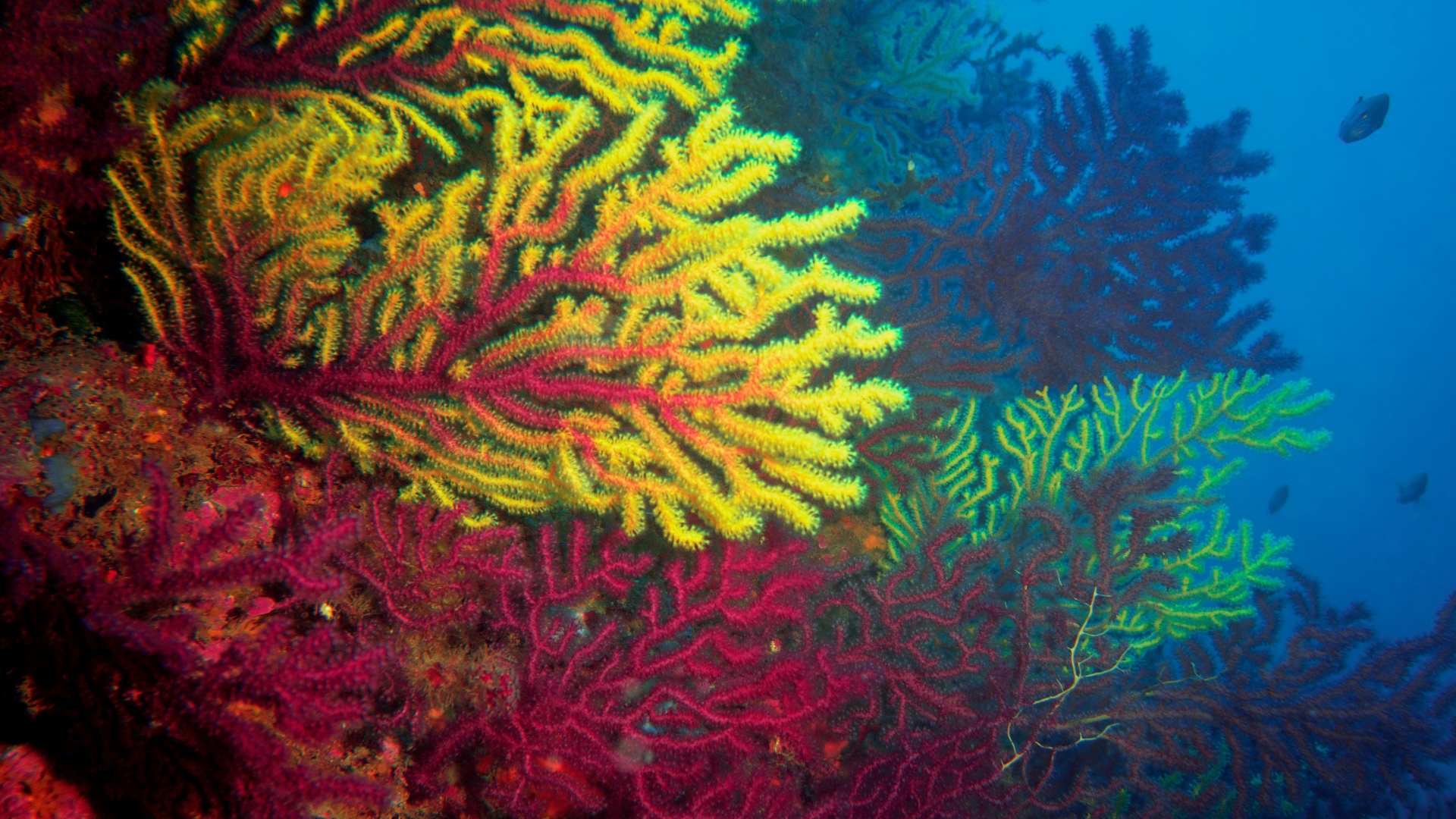Marine biologists have just announced the fourth planet-wide coral bleaching event. Despite this devastating news, scientists are pleased to witness reefs off the coast of Cambodia thriving in warmer waters.
Coral reefs are often considered one of nature’s most magnificent creations. They are colourful ecosystems bustling with life, leading them to be dubbed the ‘rainforests of the sea’.
Despite offering a habitat, feeding ground, and breeding space for one-quarter of all marine species, corals themselves are extremely fragile. They’ve faced significant decline since the 1950s, with the primary culprit being warmer ocean temperatures – a consequence of human-induced climate change.
According to the National Oceanic and Atmospheric Administration’s Coral Reef Watch, at least 54 percent of our planet’s oceans have already endured heat stress significant enough to trigger coral bleaching.
Bleaching – a process that happens when corals become stressed and expel nutrients they rely on to survive – threatens the future existence of these vital and delicate underwater ecosystems.
Announcing the fourth global bleaching event this week, scientists point out that these occurrences continue to increase in frequency over time, with the first documented in 1998. They now warn that the percentage of reef areas experiencing heat stress is climbing by approximately 1 percent every week.
The saddest part of my job is seeing the ecosystem I love and live to protect dying in front of my eyes… The fourth global coral bleaching event has been confirmed. https://t.co/vWbUYEySHL pic.twitter.com/Mk66eCkYZQ
— Luiz Rocha, PhD (@CoralReefFish) April 15, 2024




















